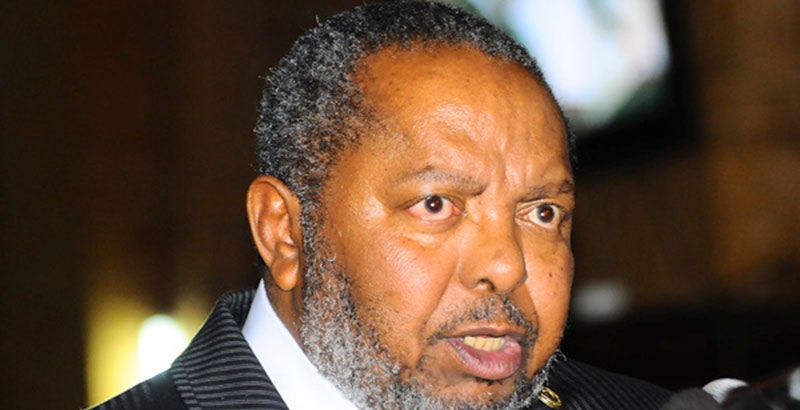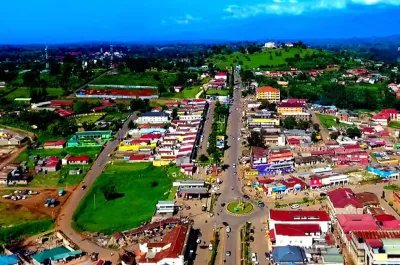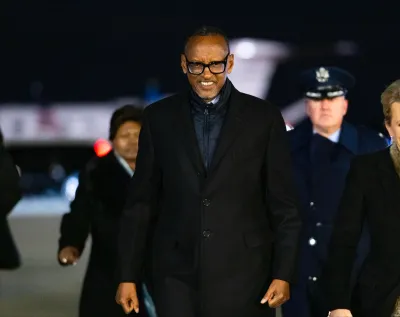
Analysis, projections and risks everyone needs to know!
Ugandans have lived through difficult economic horizons. However, for a number of reasons. First,it started with difficult political questions.Traditionally election years in Uganda do not pass without life-threatening events as well as uncertainty. People spent the bigger part of the first half of the year on tenterhooks, thanks to the highly contestedpresidential election held in February.
Second, to say that the economic performance during 2016 has been awful could be an understatement of the year. Nearly every single economic agent – businessmen, investors, suppliers, households, and even government -has been broke. Yet prices for nearly everything either stayed high or increased.
Normally, prices for goods and services rise when there is too much money in the economy chasing a few products – what economists call inflation. In Uganda’s case, however, prices were high yet people’s wallets were nearly empty.Economists found it hard to describe the situation in 2016 Uganda. Certainly it wasnot normal, neither was it a recession nor inflationary.
Third,the shilling value deterioratedso much so that Ugandan authorities – Bank of Uganda (BOU)and Ministry of Finance, Planning and Economic Development (MFPED)-celebrated “relative stability of the shilling” at exchange rates as high as UGX 3,500per U.S dollar!
Imagine purchasing a single dollarat UGX 3,500 in net-importing country. Of course this meant that imports became very expensive yet Uganda’slargest business community (the Kampala City Traders Association – KACITA) thrives on import trade.
Fourth, the year started with banks charging a whopping 25%interest rateon their loans. As a result many borrowers failed to repay the loans leading to a rise in non-performing loans (NPLs) to 8.3% of the total loans lent out by June 2016, from 3.8% in 2015.
Fifth, as a result of the above, banks became risk averse and slowed down on lending. Private sector credit growth reduced from an average of 19% in 2015 down to just 7.5% in 2016. This was number one cause of the economic difficulties of 2016. The economy simply ran out of liquidity.
To cut the long story short, generally economic activity has decelerated sharply in 2016. This was on account of a number of reasons, some self-inflected while others beyond the control of Uganda’s policymakers.
Those beyond control included: the difficult regional environment (the unrelenting war in South Sudan and unrest in Burundi); the uncertain global economy (the stunting China, lower commodity prices, the Brexit, and other geo-political events); the internal calamities (the unusually long dry spells across the country, a chaotic election and its aftermath, and the two Kasese uprisings).
The self-inflicted ones included: the bad politics we have had during the election season; our usual national weaknesses such as failure to implement what we set ourselves to do, the rampant theft of public money in government; the fiscal indiscipline through spending money on MPs and other politicians instead of investing in productive activities, as well as poor planning.
Owing to all these, Ugandans ended 2016 worried about the state of the economy and its future. The Bank of Uganda’s 2016 Business Tendency Index (used to measure the level of optimism business owners and executives have about the prevailing and expected business environment) shows that although, overall, business executives have kept an optimistic view of the business situation throughout the year, the level of optimism that was rising between January and June, has since waned.
Why is this so? What does 2017 hold for Uganda’s economy?To answer the first question, the “Leading Economic Index” (LEI) – a metric used by economists toforecast future economic activity; ranging between 0 (worst prospects) and 1 (best prospects) -shows that there are bad prospects in Uganda’s economy going forward. As the BOU puts it, “the domestic economic growth outlook remains subdued.” Uganda’s GDP growth will remain anemic, at 4.5% way below the 6 – 7%target.
Currently, Uganda’s LEI is estimated at 0.47, and it is projected that it will stagnate at 0.48 (below average) between 2017 and 2020.Some of the reasons for this have already been mentioned above.
Others include: the recent downgrade of Uganda’s credit rating by Moody’s from B1 to B2,which is expected to negatively impact both portfolio and FDI inflows. Moody’s found Uganda’s debt burden to have “risen faster than the government’s own resources…”
Secondly, the slower than previously assessed growth rate for Uganda’s trading partners. Uganda’s key trading partners such as Kenya, China, the European Union and other regional markets will grow at a much lower pace that what was earlierprojected.This will weigh in on Uganda’s merchandise exports.
Thirdly, the prevailing adverse weather conditions are projected to continue into 2017 which will affect agricultural production. This is likely to accelerate food inflation, let alone its effect on export performance and household incomes.
Fourthly, the BOU is likely to raise interest rates to maintain inflation with in the 5% target. In its December 2016″State of the Economy” update, the BOU warns: “The Bank reiterates its commitment to conduct monetary policy with flexibility, so that projected inflation stands at 5% over the policy horizon.”
In a nutshell, much of the past, recent and present economic situation promises bad news for 2017. The good news, however, is that the BOU has in the last quarter of 2016 started to relax its policy by reducing the central bank rate (CBR), now at 12%. This will more likely encourage banks to reduce lending rates and increase private sector credit.
Secondly, with Kenya going into elections in 2017, this might also help Uganda’s economy to get a few dollars from portfolio investors and foreign direct investors (FDI). Thirdly, the country seems to have fully emerged out of the political uncertainty that hung on its economy throughout the 2015 and 2016. Experts at the Centre for International Development at Harvard University project that Uganda will be the second fastest growing economy in the period up to 2024, beaten by only India.
The risks, however, lie in the uncertainty surrounding post-Brexit (although I feel the UK are past the days when they could substantially affect Uganda’s economy); China’s slow growth; the possibility of resurgence of political unrest in the neighbouring Democratic Republic of Congo, the unresolved situations in South Sudan and Burundi; and the increasingly unpredictable weather which continues to dilute the government’s efforts in the agricultural sector via the Operation Wealth Creation (OWC).















Sunrise reporter
Leave a Comment
Your email address will not be published.